
El Angelus Novus de Paul Klee YouTube
The story of artist R. H. Quaytman's discovery of an engraving hidden behind a famous artwork by Paul Klee. This book begins with artist R. H. Quaytman uncovering something startling about a picture by Paul Klee. Pasted beneath Klee's 1920 Angelus Novus —famous for its role in the writings of its first owner, Walter Benjamin—Quaytman found that Klee had interleaved a nineteenth-century.

Paul Klee Angelus Novus, 1920 Numéro Cinq
Angelus Novus (New Angel) is a 1920 monoprint by the Swiss-German artist Paul Klee, using the oil transfer method he invented. It is now in the collection of the Israel Museum in Jerusalem . History The artist's friend Walter Benjamin, a noted German critic and philosopher, purchased the print in 1921.

Art and Stuff — Angelus Novus, 1920 by Paul Klee Walter Benjamin...
There is a painting by Klee called Angelus Novus. An angel is depicted there who looks as though he were about to distance himself from something which he is staring at. His eyes are opened.
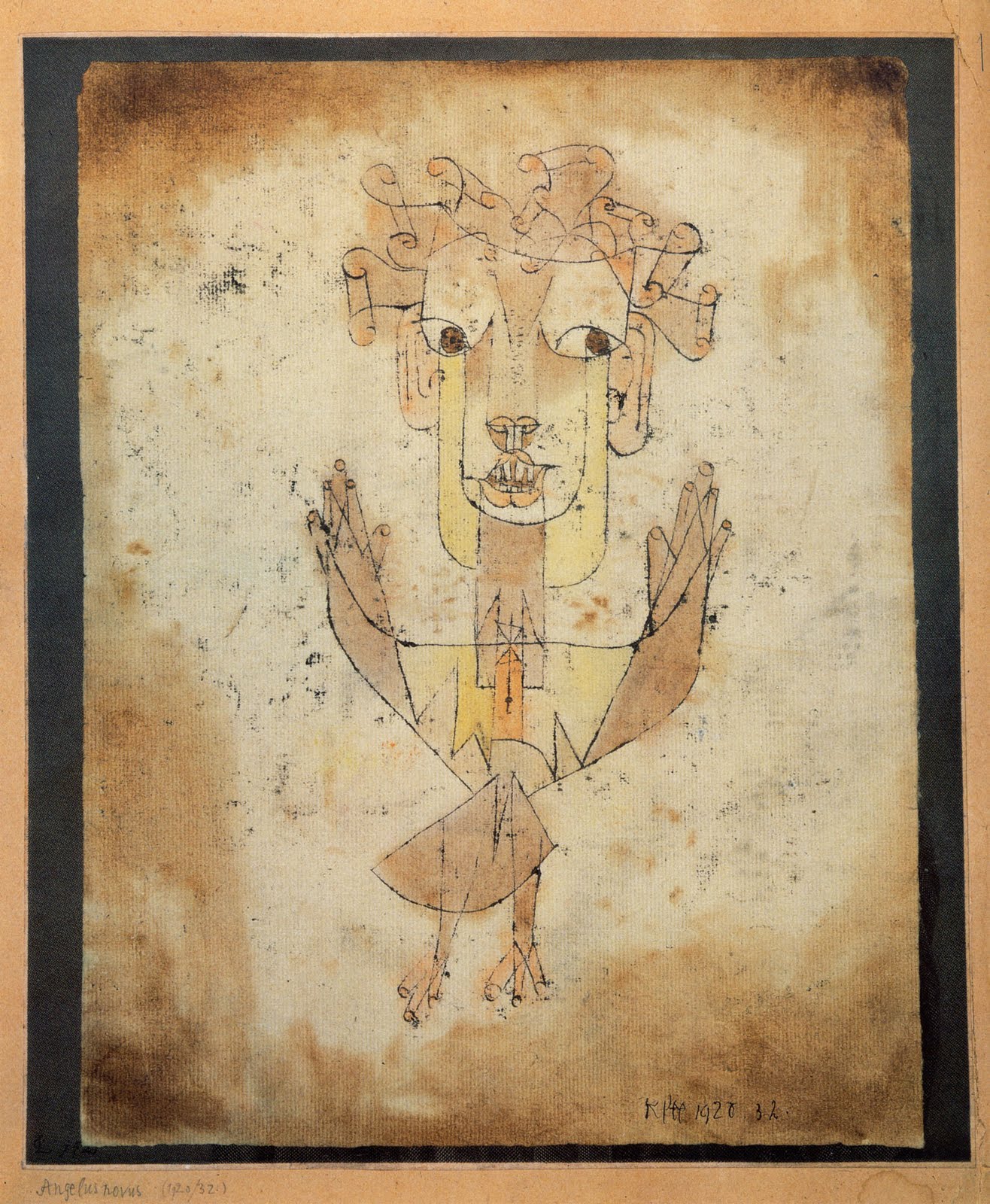
Angelus novus de Paul Klee
Discover unbeatable deals and discounts on the Temu App. Download Now & Save Big! Download the Temu App and start saving more today! Unleash incredible deals and coupons.
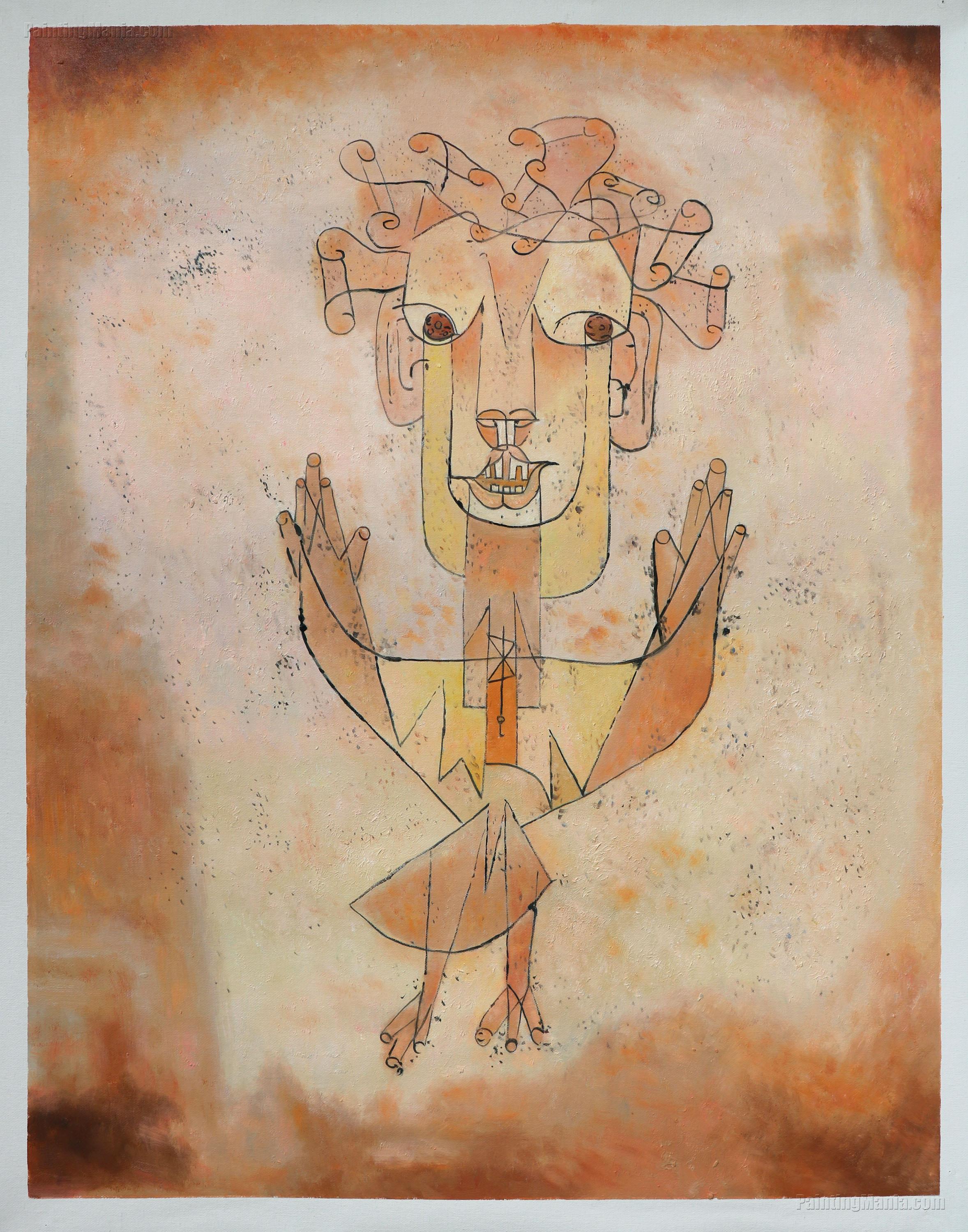
Angelus Novus Alchetron, The Free Social Encyclopedia
The "Angelus Novus" is an exceptional representation of the importance of movement in transformation and evolution and of the importance of looking to the past to build the future. The passage of time has only served to increase its powerfulness and seal its immortality. Walter Benjamin and Paul Klee. (Translated from the Spanish by Shauna Devlin)
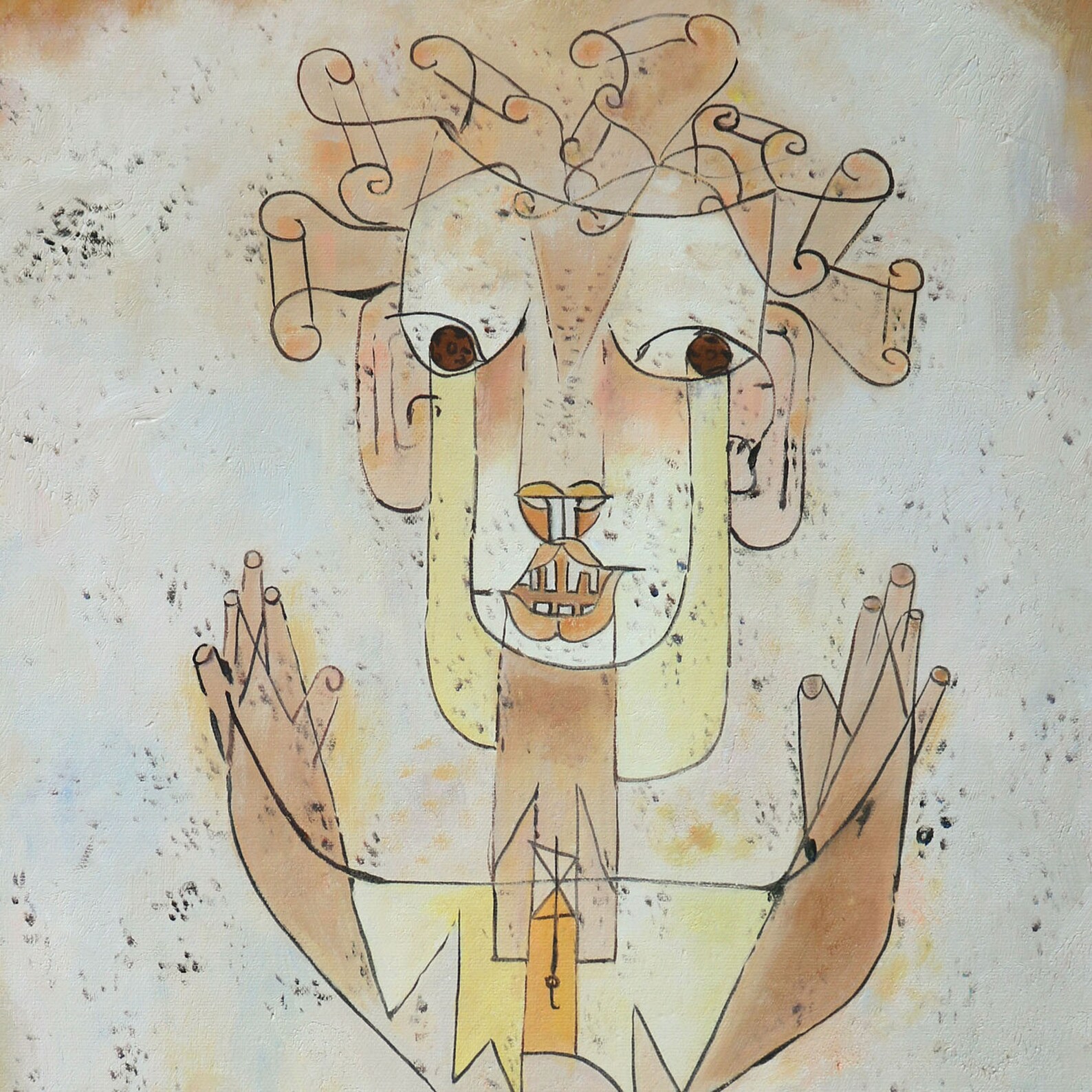
Angelus Novus the New Angel Paul Klee Handpainted Oil Etsy
She traveled to Israel to research themes for a new body of work, and found one in a piece of 20th-century Modernist art: Paul Klee's 1920 monoprint "Angelus Novus," a jewel in the.

El obscuro El ángel de la Historia y la Filosofía de la praxis
Angelus Novus was painted by Paul Klee in 1920 using an oil transfer technique he had invented.
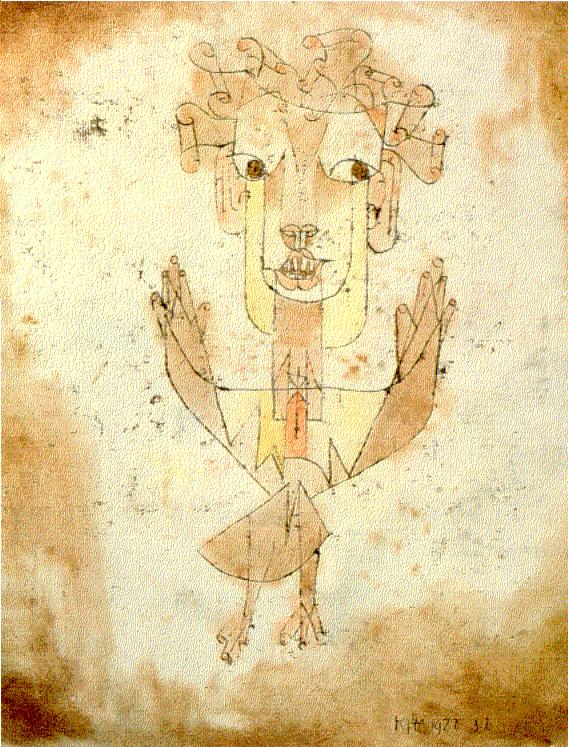
deadlift poetry — IX “A Klee painting named ‘Angelus Novus’ shows...
This book's starting point is the artist R. H. Quaytman's startling 2015 discovery that Paul Klee visibly and intentionally interleaved in his famous watercolored oil-transfer drawing Angelus novus (1920) a nineteenth-century engraving of Martin Luther.
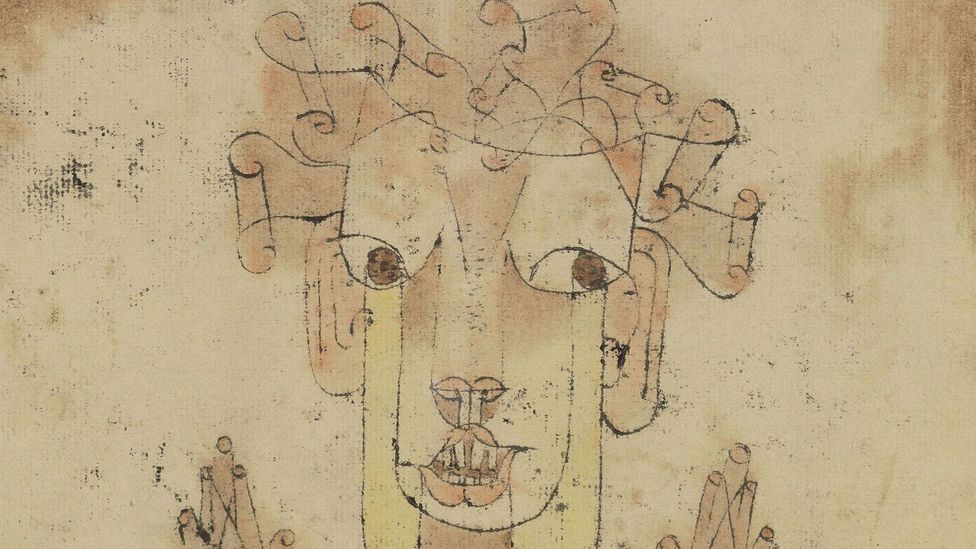
How Klee’s ‘angel of history’ took flight BBC Culture
Paul Klee's singular drawing Angelus Novus, with its evocation of mystical realms, has a history that echoes the philosophical and political turbulence of its time.

Angelus Novus, Angel of History, by Paul Klee HARP
Free Shipping on eBay

History as Angelus Novus Benjamin, Klee, Scholem Antonisch
Interesting destiny for the watercolor, "Angelus Novus", a critical early work by Swiss artist Paul Klee. Angelus Novus, Paul Klee, 1920. Source: Wikipedia. The "Angelus" is also known as the "Angel of History.". Klee painted it in 1920. The Jewish mystical writer, Gerschom Scholem, bought it shortly thereafter and hung it in his.

Klee New Angel (Angelus Novus) Postcard in 2020 Paul klee, Paul
It offers new and often surprising perspectives on the Swiss-born German painter Paul Klee's Angelus Novus (1920), which has become an iconic and arguably clichéd image in the wake of the belated but intensive reception of Walter Benjamin's last essay, "On the Concept of History" (1940).

UNDER THE RADAR Artillery Magazine
Paul Klee was a young artist when he created Angelus Novus, an angel made with Klee's self-developed oil transfer technique and watercolour on paper in 1920, not long after the end of World War One.

Paul Klee Angelus Novus
The story of artist R. H. Quaytman's discovery of an engraving hidden behind a famous artwork by Paul Klee. This book begins with artist R. H. Quaytman uncovering something startling about a picture by Paul Klee. Pasted beneath Klee's 1920 Angelus Novus—famous for its role in the writings of its first owner, Walter Benjamin—Quaytman found that Klee had interleaved a nineteenth-century.

Angelus Novus, 1920 Giclee Print by Paul Klee at Art.co.uk Paul klee
The Angelus Novus by Paul Klee is a monoprint, showing "an angel, contemplated and fixated on an object, slowly moving away from it", according to the purchaser of the piece of art, German philosopher Walter Benjamin. It was Benjamin's views on the artwork which made in particularly famous, but we was not the only owner of it.
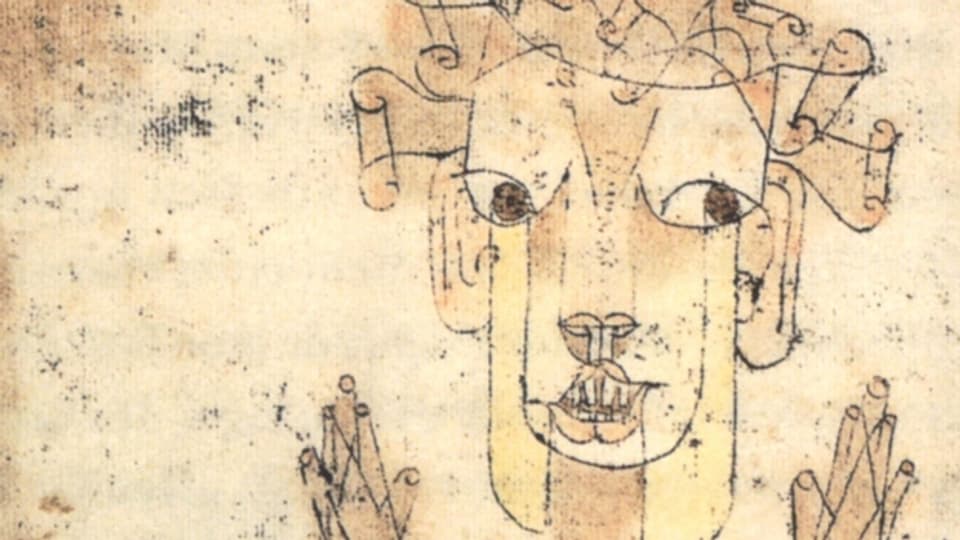
Helmut Oehring ANGELUS NOVUS II Musik unserer Zeit SRF
Paul Klee's "Angelus Novus" (1920) is the Mona Lisa of early modernism, a celebrated work whose history grants it a fabulous mystique. It was purchased by Walter Benjamin, who hung it in his.